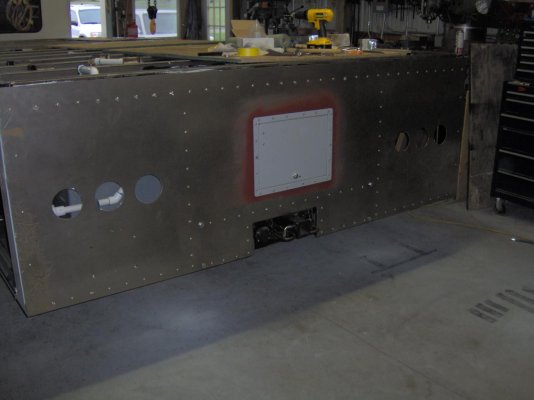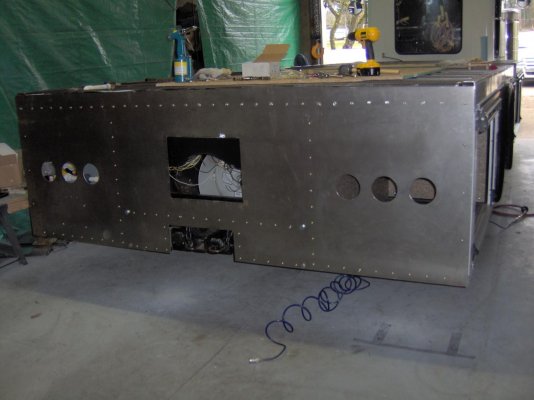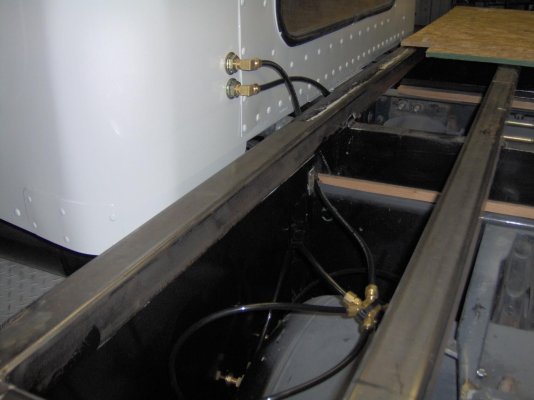Dragonslayer140
Senior Member
We had the roll up doors on a couple of the fire trucks in the station I was part of, one of them had 6 foot high doors. We never had a drop of water get in, and ran the rigs in all kinds of crappy weather. They are great because you never have a door sticking out in the way. Only real disadvantage is you lose a bit of height in the compartment due to the rolling mechanism. we had both painted and clear anodized and both held up well. I am not sure what look I like better.
Kenn does great work, I have not been down in a while to see his progress in person, but what he had done last time was first class. I can't wait to visit and see the progress in person next time I can get down that way. Best part is he is actually getting it done, where mine is going to be stuck in the design phase for a while longer yet...
Dave
Kenn does great work, I have not been down in a while to see his progress in person, but what he had done last time was first class. I can't wait to visit and see the progress in person next time I can get down that way. Best part is he is actually getting it done, where mine is going to be stuck in the design phase for a while longer yet...
Dave




























